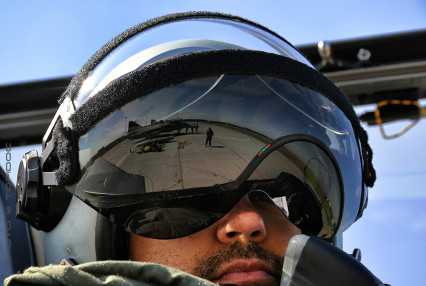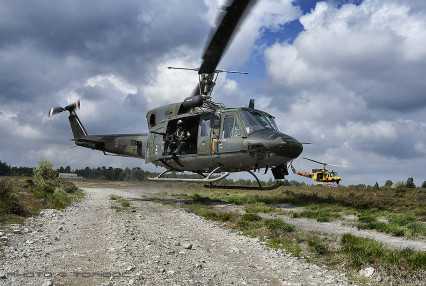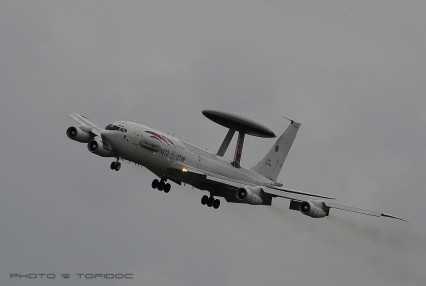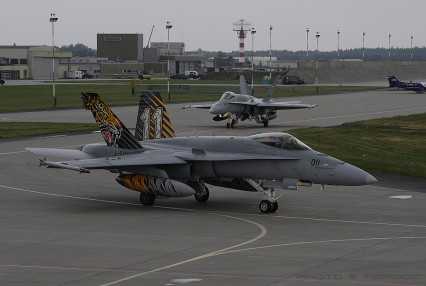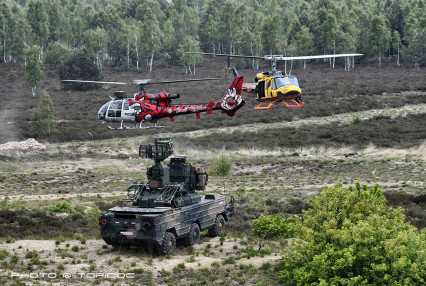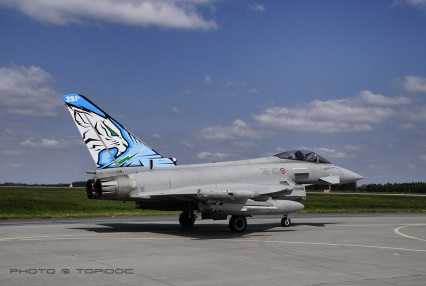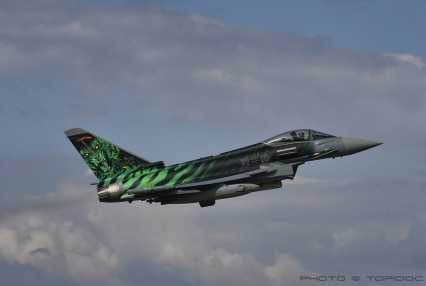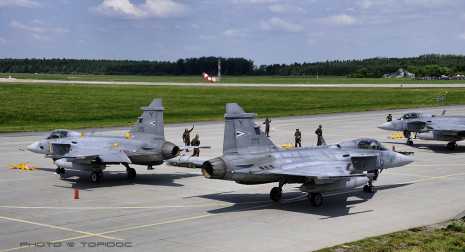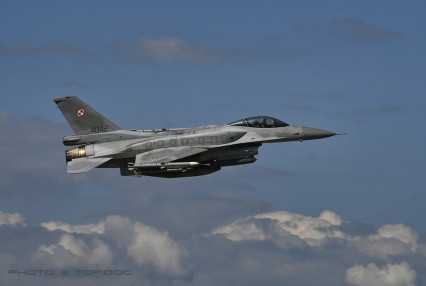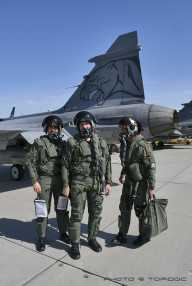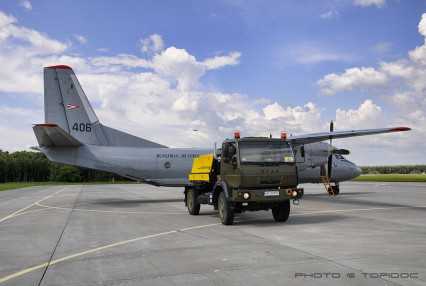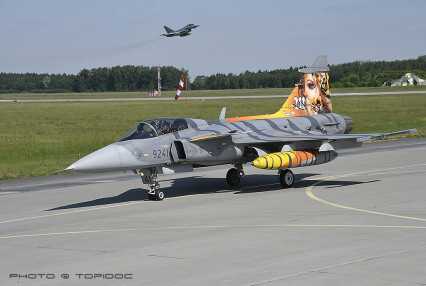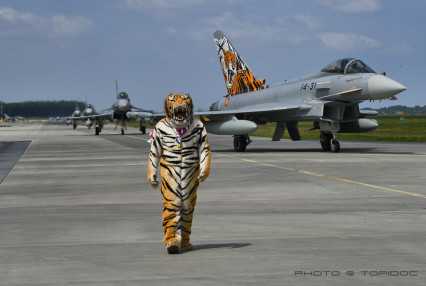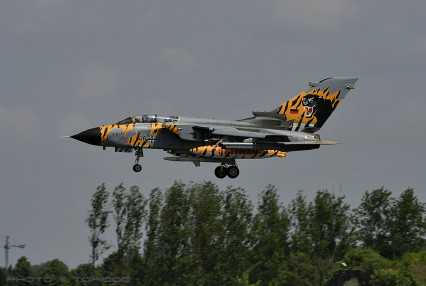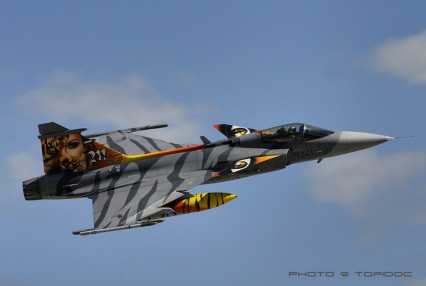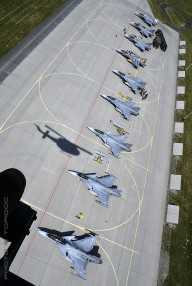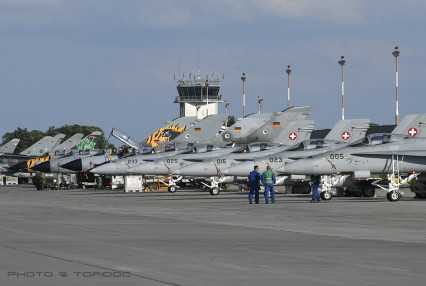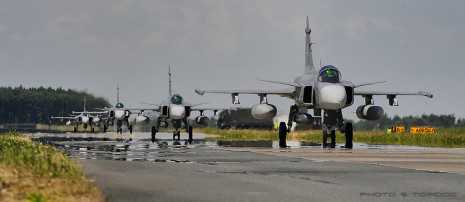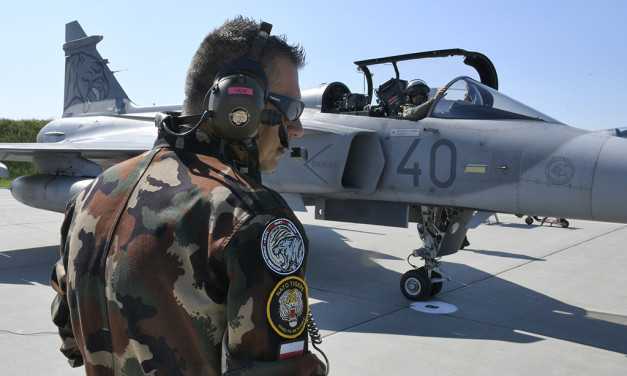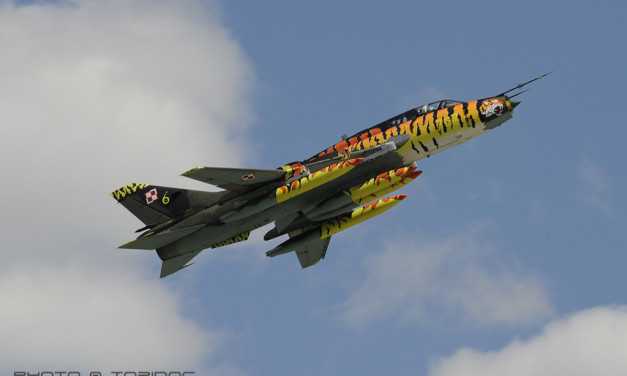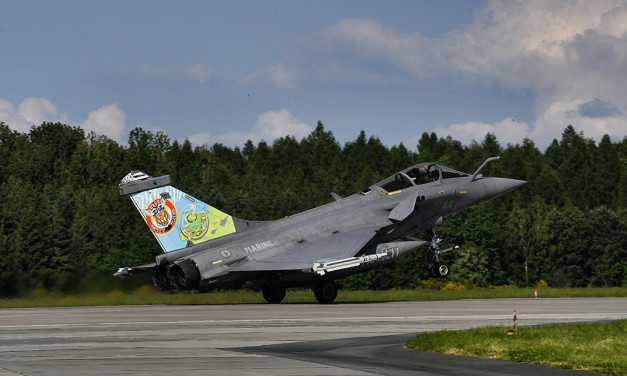NATO Tiger Meet 2018
Szöveg: Lt.-Col. Dr. István Toperczer | 2018. június 6. 7:06The Kecskemét-based Puma Tactical Fighter Squadron has participated for the sixth time at NATO Tiger Meet Exercise. The personnel of the HDF 59th “Dezső Szentgyörgyi” Air base relocated with five JAS-39 Gripen type of aircraft and with close to fifty troops to the 31st Tactical Air Base (Polish: 31 Baza Lotnictwa Taktycznego – 31.BLoT) in Poland.
Galéria

The relocating Hungarian contingent served and operated five Gripen aircraft in the two weeks of the exercise. The Hungarian soldiers arrived to the venue of the exercise with the An-26 transport aircraft of the Kecskemét Air Transport Squadron in two turns. The five Gripens equipped with reserve tanks made the distance between Kecskemét and Poznan without landing. The equipment, necessary for the operation of the aircraft, which could not be transported by air, were delivered by road transport with military vehicles, to the Polish Air Base from Kecskemét.
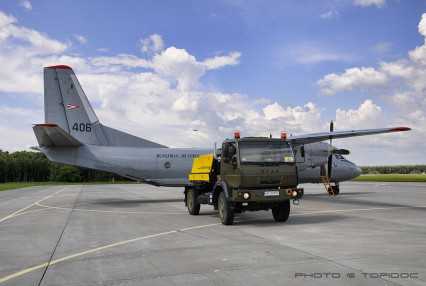
The objective of the Tiger Meet exercise is that the NATO Allied countries perform coordinated air operations with their different type of aircraft in near warfare settings. The training missions thus accomplished will enhance the future fruitful cooperation and deepen the relations between the members of the Tiger community. The meetings through this, provide an excellent opportunity that the pilots not having operational experiences yet, can gain more knowledge from their experienced colleagues.
The host of the exercise NATO Tiger Meet 2018 was the squadron of the 31st Wing of the Polish Air Force, operating the F-16C/D Block 52 Fighting Falcon type of aircraft. The real flight missions began on May 14, and in the knowledge of the air spaces and the local procedures, already close air combats were fought between the Hungarian Gripens and the fighters of other nations. The ground crew also set up their workstations, which meant field tents and working containers in accordance with the wartime conditions. In the course of the two weeks the squadrons were tasked with various missions, in which close to seventy airplanes were flying concurrently in the designated air space. During the planning of the flight missions the intention was to compile realistic scenarios based on the latest operational experiences. The Hungarians were involved primarily in air-to-air missions (achieving and maintaining air superiority), and acting as the enemy force in air-to-surface missions (destroying ground targets). Tiger Meet made it possible to execute such tasks, for which the airspace is not appropriate in Hungary.
In the mornings of the exercise combined air operations were practised, while on the ground the afternoon “deployments" were being planned. In the morning usually forty planes took part on the side of the Allied “Blues", and ten planes on the enemy’s “Red" side in the missions, in the afternoon ten “Blues" and four “Reds" were typical. In planning of the missions, the type of the plane which they had to simulate, was defined for the “Reds" that very day, and they could only perform manoeuvres, which were characteristic of that type, and they could simulate the launching of that rocket type, which complied with the features of the armament given. It was for the first time, in this year’s exercise that the Hungarians gave such flight commander for the “Blue" and the “Red" forces, who successfully completed the Tactical Leadership Programme (TPL) course last year in Spain.
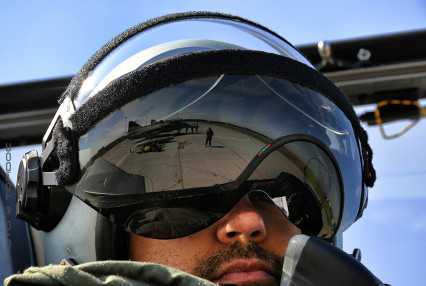
The aircraft of each participating nation participated in two missions every day, for a period of one and a half and two hours in the morning, while the participants performed about 50 to 100 minutes flight times in the afternoon. The exercise needed two large size and five smaller size airspace, north of Poznan and in the region of the air base. For the combined air operations Hungary-sized airspaces, and for the missions simulating Close Air Support (CAS) of the ground troops, and for close air combats the smaller sized airspaces were used. In the afternoons CAS missions and one-on-one close air combats were conducted. Each air operation was carried out with the support of AWACSes, search and rescue helicopters and antiaircraft missiles, utilising the experiences of the real war and peace support operations.
The “Tigers" carried out complex, joint operations, because as part of the Tiger Meet, also Czech, Italian and English helicopter and Polish special units (Forward/Tactical Air Controllers) took part in the combat search and rescue and personal rescue missions both on land and on the sea. After the missions, the efficiency of their performance was jointly evaluated with the help of the flight data recorders (FDRs) that very day. Each flight mission had an outside observer, who observed, monitored the work of the flight commanders during the planning, and acted as an intermediary between the “blue" and the “red" aircraft, moreover he directed the evaluation process as well. The “White Cell" group acting as the General Staff, as a command, designated the targets and the units to be destroyed, and defined the strategy of the missions. On basis of these they prepared the Air Tasking Order (ATO), and if so requested by the flight commander, they made a decision regarding the support.
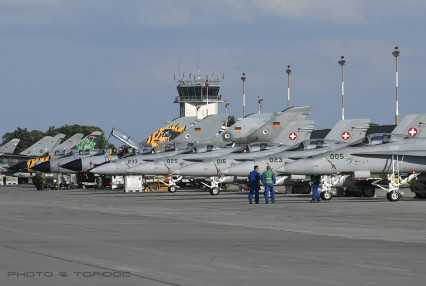
In the course of the exercise held between May 14 and 25, the Hungarian Gripens flew 60 hours, and the contingent stood their ground, accomplished each mission with success, so they could return home with a vast amount of experience from the nearly two-week meeting.
Photos of the author
